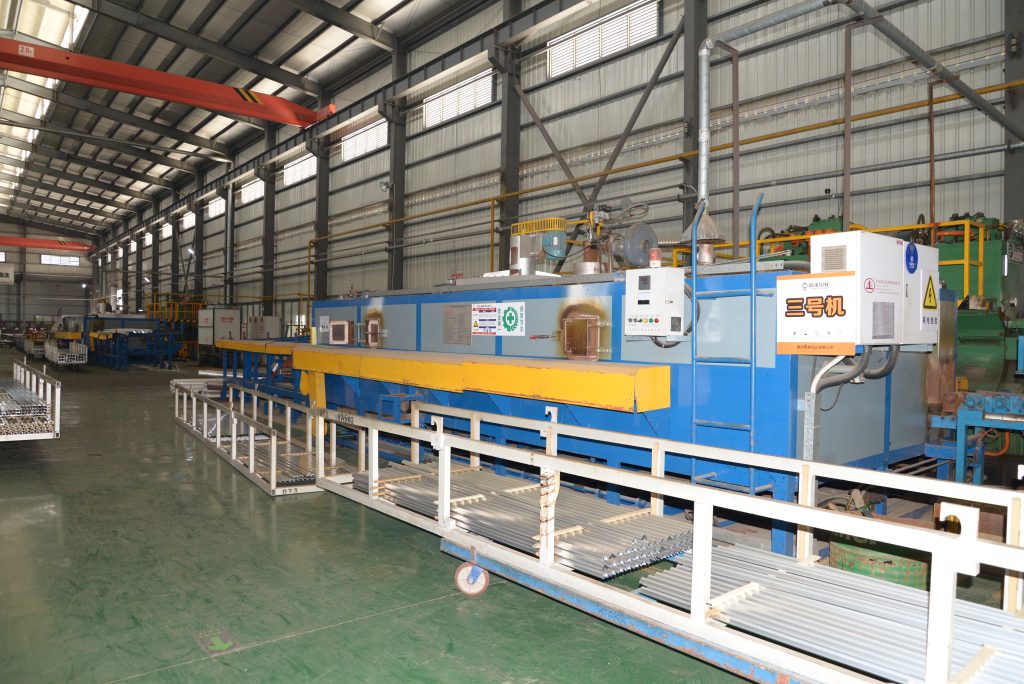Why Die Loss Happens in Extruded Aluminum Profiles and How to Fix It?

The high failure rate of extrusion aluminum profile dies comes from several key factors: die material quality, design flaws, and manufacturing issues. To reduce die losses, manufacturers should focus on three main areas.
- Optimizing Die Design – Improve mold structures to distribute stress evenly, reducing weak points and extending die lifespan.
- Using Better Materials – Select high-strength materials with superior wear resistance to withstand repeated use.
- Enhancing Manufacturing Processes – Refine machining and heat treatment methods to minimize defects and improve precision.
A comprehensive approach that targets these areas will lower die failure rates, increase efficiency, and improve product quality.
Learn more: The ultimate guide to aluminum extrusions die
Key Factors Influencing Extrusion Aluminum Mold Loss Rate
The extrusion aluminum mold loss rate is a key performance indicator in mold manufacturing. It directly affects production costs, operational efficiency, and profitability. A lower loss rate translates to reduced expenses and improved economic outcomes. Below is a concise breakdown of the major factors contributing to high mold loss rates and actionable solutions.
1. Mold Material
The material used for molds has a direct impact on their durability and wear resistance. Selecting the right material ensures longer mold life and minimizes loss rates. Key considerations include:
- Hardness and Wear Resistance: Harder materials, such as tool steel or treated alloys, withstand wear better, extending mold lifespan.
- Processing Feasibility: Materials should be easy to machine without compromising precision or structural integrity.
- Cost vs. Performance: Balance material cost with its ability to meet production demands effectively.
For example, high-strength tool steel is often preferred for extrusion molds due to its durability under high-pressure conditions.
2. Mold Structure
A mold’s structural design determines its ability to withstand operational stresses and maintain performance over time. Poorly designed molds are more likely to fail prematurely. To optimize mold structure:
- Reinforced Designs: Strengthen critical areas to prevent cracking or deformation during use.
- Smooth Transitions: Avoid sharp edges or abrupt changes in geometry that can concentrate stress.
- Tailored Configurations: Design molds based on specific extrusion requirements for better efficiency and longevity.
Advanced simulation tools can identify weak points in the design phase, enabling manufacturers to refine structures before production.
3. Manufacturing Process
The manufacturing process directly influences mold quality and performance. Precise and consistent production techniques reduce defects and improve reliability. Focus on the following:
- Precision Machining: Use technologies like CNC milling or EDM to achieve tight tolerances and smooth finishes.
- Heat Treatment: Apply heat treatments to enhance hardness and wear resistance.
- Quality Checks: Implement thorough inspections at every stage of production to detect flaws early.
For instance, a multi-step quality control system ensures that molds meet performance standards before they are used in extrusion processes.
Key Takeaways
Reducing the extrusion aluminum mold loss rate requires attention to three primary factors: material selection, structural design, and manufacturing processes. By optimizing these areas, manufacturers can lower costs, improve efficiency, and ensure consistent product quality.

Effective Strategies to Reduce Extruded Aluminum Profile Die Loss Rate
Minimizing the loss rate of extrusion aluminum profile dies is essential for improving efficiency and reducing costs. Below are actionable strategies to achieve this goal:
1. Optimize Die Design
Improving the structural design of extrusion dies reduces wear and extends their lifespan. Key measures include:
- Modular Die Structures: Use replaceable die components to simplify adjustments and replacements, minimizing downtime and costs.
- Flow Optimization: Incorporate simulation tools to identify stress points and enhance aluminum flow, preventing premature die failure.
2. Upgrade Die Materials
Selecting durable materials significantly enhances die performance:
- High-Performance Alloys: Replace standard materials with harder alloys like H13 steel or similar high-strength options.
- Protective Coatings: Apply wear-resistant coatings such as nitriding or PVD to improve surface toughness and reduce friction-related damage.
3. Improve Manufacturing Precision
Precision manufacturing ensures consistent die quality and durability:
- Advanced Equipment: Use CNC machining, EDM, or laser cutting systems for tighter tolerances and smoother finishes.
- Rapid Prototyping: Employ 3D printing for intricate designs or prototypes to reduce errors during production.
4. Strengthen Quality Control
Rigorous quality control prevents defects that compromise die performance:
- Non-Destructive Testing: Implement ultrasonic or magnetic particle testing to identify flaws early.
- Performance Tracking: Maintain detailed records of die usage to identify recurring issues and guide improvements.
5. Implement Preventive Maintenance
Regular maintenance extends die service life and reduces replacement costs:
- Cleaning and Polishing: Remove aluminum residue to prevent buildup that accelerates wear.
- Operational Monitoring: Track extrusion temperature and pressure to avoid excessive stress on dies.
6. Learn from Industry Practices
Adopting proven methods from industry leaders can reduce loss rates:
- Automated Lubrication Systems: Minimize friction during extrusion for smoother operations.
- IoT Sensors: Use real-time monitoring tools to predict maintenance needs and prevent failures.
Key Takeaways
By optimizing design, upgrading materials, enhancing manufacturing precision, strengthening quality control, and adopting preventive maintenance practices, manufacturers can significantly lower the loss rate of extruded aluminum profile dies while improving productivity and cost efficiency.
Conclusion
Reducing the loss rate of extruded aluminum profile dies is a critical focus for manufacturers aiming to improve operational efficiency and profitability. By implementing targeted strategies, businesses can mitigate wear and tear, extend die lifespan, and optimize production processes.






